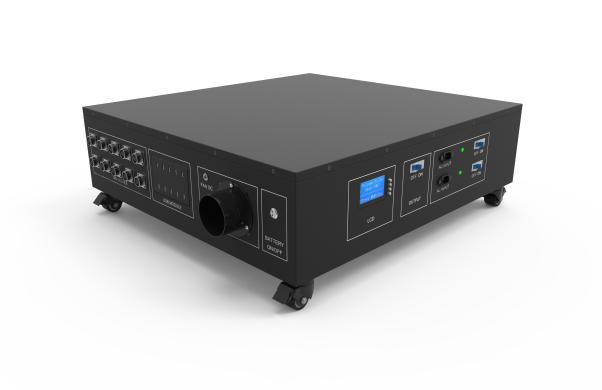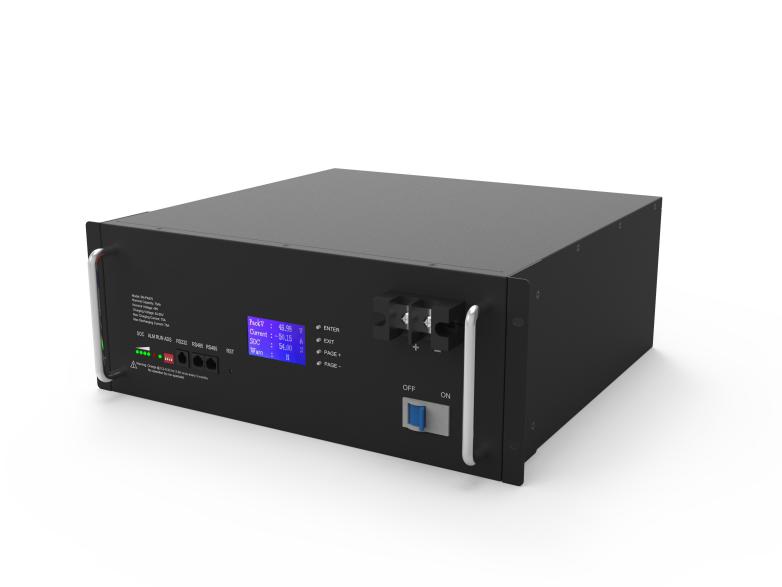- 20
- Dec
2020, a turning point for lithium iron phosphate batteries
For 2021, there is no doubt that there will be more space and more diversified market applications.
In 1997, when American scientist Gudinaf discovered and confirmed that olivine-based lithium iron phosphate (LFP) can be used as a positive electrode, he could not imagine that such a technical route would one day be “widely used” in China.
In 2009, China launched a 1,000 car project in 10 cities, and plans to develop 10 cities every year within three years, each city launching 1,000 new energy vehicles. In terms of safety and long life, most new energy vehicles, mainly passenger cars, use lithium iron phosphate batteries.


Since then, the lithium iron phosphate technology route has begun to take root in China and continues to grow.
Recalling the development of lithium iron phosphate batteries in China, the installed capacity of batteries increased from 0.2GWh in 2010 to 20.3GWh in 2016, an increase of 100 times in 7 years. After 2016, it will stabilize at 20GWh per year.
From the perspective of market share, the market share of lithium iron phosphate has remained above 70% from 2010 to 2014. However, after 2016, due to the adjustment of subsidy policies and the link between energy density, lithium iron phosphate batteries began to cool in the market, gradually increasing from more than 70% of the market before 2014. In 2019, it has dropped to less than 15%.
During this period, lithium iron phosphate batteries have also received a lot of doubts, and once became synonymous with backwardness, and there has even been a trend of abandoning lithium iron phosphate. Behind this change also shows that before 2019, the market is very dependent on policy.
In terms of technical performance and cost, it can reflect the development and industrial maturity of lithium iron phosphate battery technology to a certain extent. In the past 10 years, energy density has increased by an average of 9% per year, and costs have fallen by 17% per year.
ANCH technical chief engineer Bai Ke predicts that by 2023, the increase in the energy density of lithium iron phosphate will gradually slow to around 210Wh/kg, and the cost will drop to 0.5 yuan/Wh.
2020 is a turning point for lithium iron phosphate batteries
Starting in 2020, the once-quiet lithium iron phosphate battery has begun to pick up and enter a new growth cycle.
The logic behind mainly includes:
First of all, new energy vehicles are suspended, and different product and technology lines have begun to find their own tracks; second, in a certain scale of 5 g base stations, ships, construction machinery and other markets, the advantages of lithium iron phosphate batteries are prominent, and new ones have been opened. Market opportunities; third, with the increasing marketization of the battery market, the ToC end business supports new growth points, which provides new options for lithium iron phosphate batteries.
The three most concerned phenomenon models are in the field of electric vehicles, Tesla Model 3, BYD Han Chinese and Hongguang miniEV, all of which are equipped with lithium iron phosphate batteries, which also bring great imagination in the field of electric vehicles. Cars have their applications in the future.
As the market begins to move further away from policies and move towards a real market, the opportunities for lithium iron phosphate batteries will be further opened up.
From the perspective of market data, the installed capacity of automotive lithium iron phosphate is expected to reach 20Gwh in 2020. In addition, the shipment of lithium iron phosphate batteries in the energy storage market is expected to reach about 10Gwh.
A new decade of opportunities for lithium iron phosphate batteries
Facing 2021, there is no doubt that lithium iron phosphate batteries will open up more space in more diversified market applications.
In the integrated electrification of the power system, the trend of land transportation and vehicle electrification is irreversible. The electrification of ships is also accelerating, and relevant standards are constantly improving; at the same time, the electric aircraft market is beginning to experiment. These products will occupy a certain share in the lithium iron phosphate battery market.
The field of energy storage will become the second battlefield for lithium iron phosphate batteries. Energy storage is mainly divided into large-scale energy storage combined with the power grid and small-scale energy storage represented by 5G base stations, which will play a leading role in the lithium iron phosphate battery application market.
In addition, in emerging application markets, including electric forklifts, electric mopeds, data center backup, elevator backup, medical equipment power supply and other scenarios, it will bring certain opportunities and space for lithium iron phosphate batteries.
Market diversification, product differentiation development
Diversified markets have also put forward differentiated requirements for lithium batteries, some require long battery life, some require high energy density, and some require wide temperature performance. Even lithium iron phosphate batteries require differentiated development to meet the needs and pain points of different application scenarios.
ALCI Technology was established in May 2016, and has always adhered to the lithium iron phosphate technology route. Aiming at the future market demand, Baike introduced the technological development direction of AlCI in the field of lithium iron phosphate batteries.
In the direction of increasing energy density, the era of frantically pursuing energy density has passed, but as a kind of energy carrier, energy density is the technical indicator it must face.
In order to solve this problem, Anchi has developed a structurally graded thick electrode, which eliminates the high internal resistance and high temperature rise of the battery by balancing the polarization of the electrode plate. It can make the iron-lithium battery have a long life and a higher energy density. The energy density weight of lithium iron batteries based on this technology exceeds 190Wh/Kg, and the volume exceeds 430Wh/L.
In order to meet the application requirements of power batteries in low temperature scenarios, ANch has also developed low temperature lithium iron phosphate batteries. Through the combination of low-viscosity superelectrolyte, ion/electronic superconducting network, isotropic graphite, ultrafine nanometer lithium iron and other technologies, the battery can operate normally in a low temperature environment.
In addition, in the development of long-life batteries, through low lithium consumption negative electrodes, high stability positive electrodes, and electrolyte self-repair technology, more than 6000 cycles of lithium iron phosphate batteries have been achieved.
